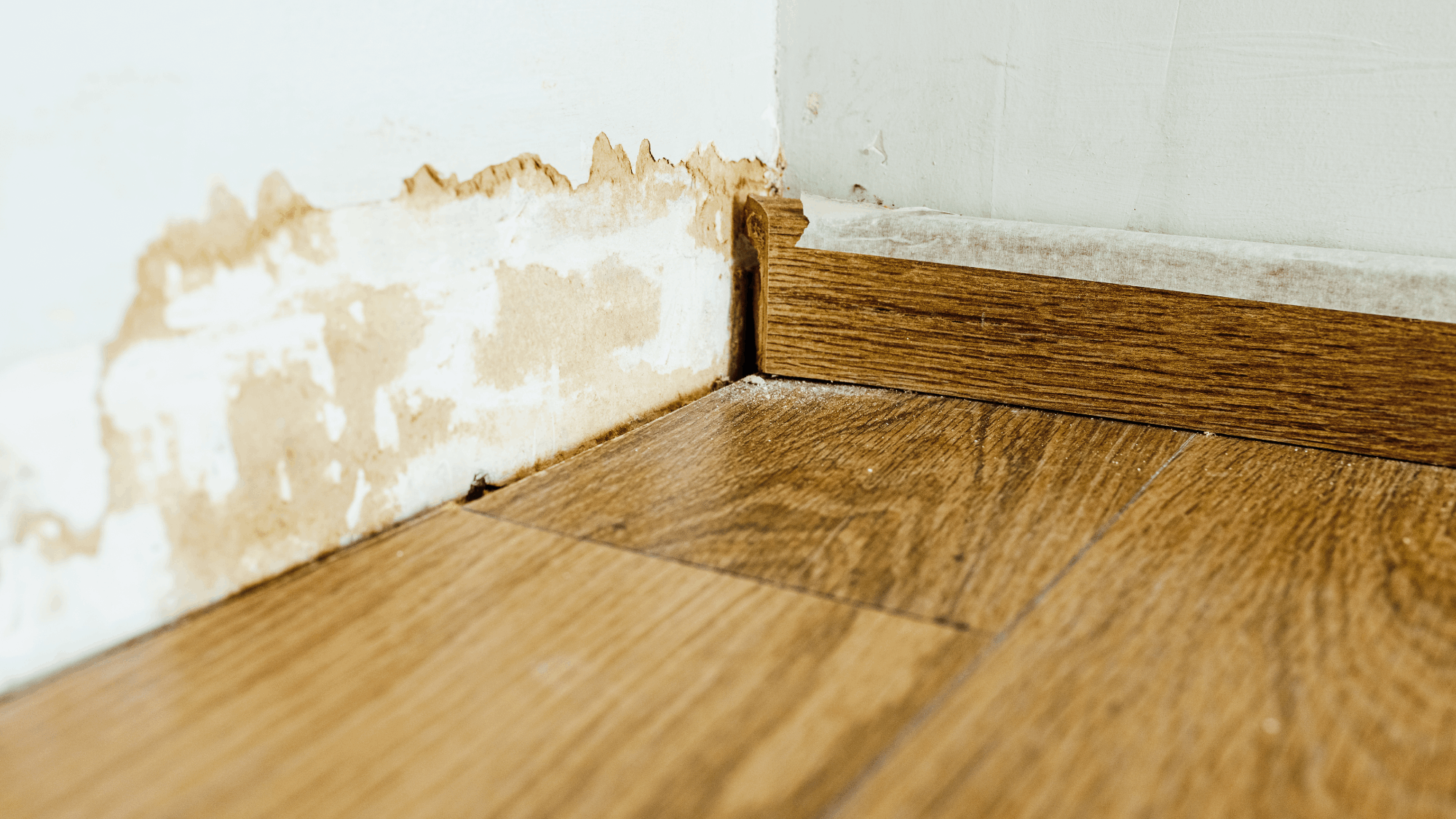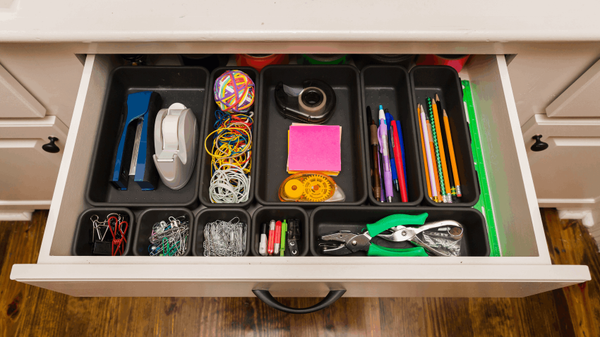Walking through a potential new home is an exciting experience, but it's also a time to look beyond staging and decor. A beautifully presented property can sometimes hide costly issues that aren’t immediately visible. Knowing what red flags to watch for during a home tour can save you time, money, and stress down the road. Here's how to spot potential problems before making an offer.
1. Signs of Water Damage
Water damage is one of the most serious and expensive issues a homeowner can face. During a tour, keep an eye out for:
-
Stains or discoloration on ceilings and walls
-
Warped flooring or bubbling paint
-
Musty odors in basements or bathrooms
-
Watermarks around windows, doors, or in the attic
These signs could indicate past or ongoing leaks, which might lead to mold or structural issues if not addressed.
2. Foundation and Structural Concerns
A solid foundation is critical for a safe and long-lasting home. Be cautious if you notice:
-
Cracks in walls, especially near doors or windows
-
Uneven or sloping floors
-
Gaps between walls and ceilings
-
Doors and windows that stick or won’t close properly
While some settling is normal, large or widening cracks may signal a serious foundation problem requiring a professional evaluation.
3. Roof and Exterior Problems
The roof is your home’s first line of defense against the elements. During your tour, ask how old the roof is and look for:
Also check exterior siding, paint, and the condition of porches or decks. Excessive peeling, rotting, or damage can signal deferred maintenance.
4. Electrical Issues
Outdated or faulty electrical systems can be dangerous and expensive to upgrade. While you can’t see behind the walls during a tour, look for clues such as:
-
Flickering or dim lighting
-
Missing or broken outlet covers
-
Overuse of extension cords
-
A breaker panel that looks outdated or poorly labeled
Don’t be afraid to ask about the electrical system’s age and whether it meets modern code requirements.
5. HVAC and Plumbing Concerns
Test the home’s heating, cooling, and water systems if possible. Listen for unusual noises and look for:
-
Rusty or leaking water heaters
-
Poor water pressure
-
Inconsistent heating or cooling between rooms
-
Signs of pipe corrosion or visible leaks under sinks
An inefficient HVAC or plumbing system could result in high utility bills or costly repairs.
6. Pest Infestations
No one wants to discover uninvited guests after moving in. Be on the lookout for:
-
Droppings or nesting material in cabinets or attic spaces
-
Holes or chewed wood along baseboards
-
Soft wood that could indicate termites
-
A strong, unexplained odor
Even if signs are subtle, a professional pest inspection is a wise investment.
7. Neighborhood and Property Issues
Don’t forget to look outside the home. Check the condition of neighboring properties, traffic noise, and proximity to power lines or commercial zones. Red flags include:
Your environment matters just as much as the home itself.
Conclusion
While no home is perfect, identifying red flags early can help you make a more informed decision. Bring a checklist with you on tours, ask detailed questions, and consider hiring a professional inspector before making a final commitment. By staying alert to warning signs, you’ll protect your investment and increase the likelihood of finding a home that’s both beautiful and structurally sound.












